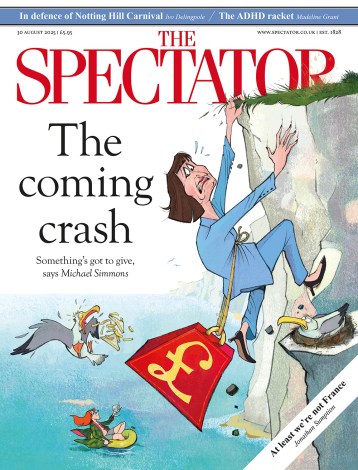Perfect package
Sex and the City 15, Nationwide I do know that not everyone gets Sex and the City. Bubbles, for example, does not get Sex and the City. ‘I don’t know what you see in this crap,’ he would say, whenever I watched it on television, and before going off to do something pointedly manly in his bowl, like scratch his bits with undisguised gusto. (Seriously, you try living with Bubbles.) But if you do get Sex and the City — note how I use ‘get’, rather than ‘like’, implying that it only appeals to smart, special people, such as myself — you will so love this movie. I totally loved

